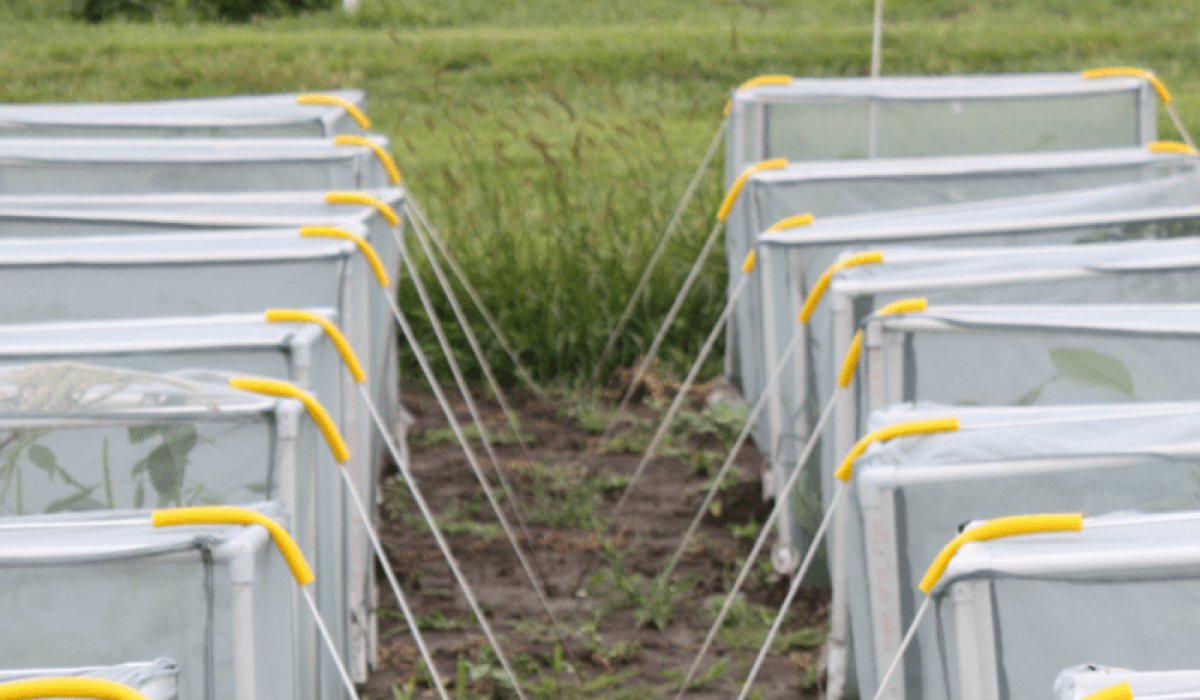
The soybean aphid (Aphis glycines Matsumura) is a native pest of soybean in eastern Asia and was detected on soybeans in North America in 2000. In 2004, the soybean variety ‘“Dowling”’ was described to be resistant to soybean aphids with the Rag1 gene for resistance. In 2006, a virulent biotype of soybean aphid in Ohio was reported to proliferate on soybeans with the Rag1 gene. The objective of the work described here was to document the occurrence of virulent aphids that can successfully establish and proliferate on each of the indicator lines across various geographies and years. A panel of nine soybean indicator lines was identified based on their degree of aphid resistance and their importance in breeding programs. Ten states (Kansas, Illinois, Indiana, Iowa, Michigan, Minnesota, North Dakota, Ohio, South Dakota and Wisconsin) and the Canadian province of Ontario were selected based on soybean aphid history. Naturally occurring soybean aphid populations were collected in each of the locations. The reproductive capacity of field-collected soybean aphid populations was tested on soybean indicator lines and growth rates were compared in no-choice tests in field cages at each geographic region across three years. The occurrence of soybean aphid biotypes was highly variable from year-to-year across environments. Several factors may have contributed to the variability including genetic diversity of soybean aphids, parthenogenicity, abundance of the overwintering host buckthorn (Rhamnus spp.), and migratory patterns of soybean aphids across the landscape.
This project was funded by the Monsanto Company.
